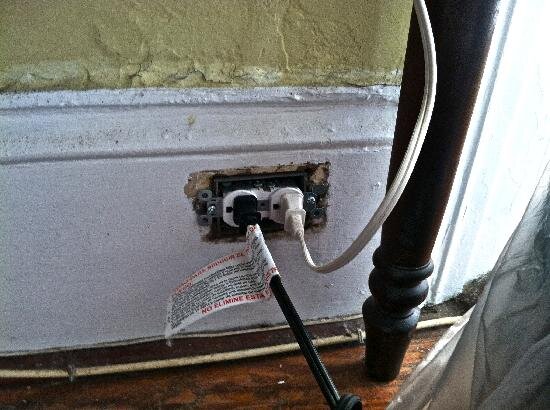K
k_d_ch
Either way you don't need to use trunking in this method!
has said property got RCD protection?
if you are renting have u got permission to do what your wanting to do?
being good at physics does not mean you are good at electrics,
some electricians have been killed by making a mistake. Just look how many fires there has been.
Either way its not notifiable! But still get an electrician in to at least price it up, you could be supprised
It has RCCB protection. If I was renting it would be foolish to do something like this without landlord's permission
of course. The price that the lady who sold us the house had paid did not sound very attractive, especially given the change of a bad job
(please see my earlier reply to ExArmy).









